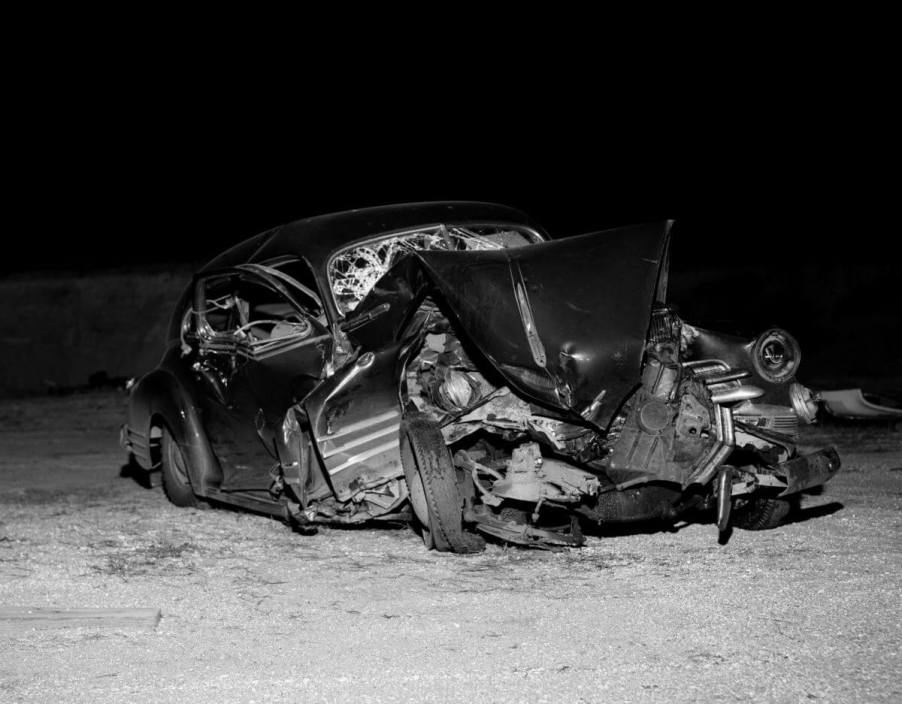
What Speed Does It Take to Die in a Car Crash?
Speed kills. The faster you drive, the greater the likelihood that someone dies in a car accident, whether it’s you, another driver, a passenger, or a pedestrian. How fast does a car have to go to kill someone on impact? What speed does it take to die in a car crash?
What car speed is most likely to kill upon impact?
In Australia, the New South Wales (NSW) Center for Road Safety conducted a study on driving speed and how it relates to traffic fatalities. It found that “driving too fast is the single biggest contributor to death and injury on NSW roads.” While alcohol use, not wearing a seat belt, and fatigue also contribute to deaths from car crashes on NSW roads, speeding is the most significant factor
The NSW Center for Road Safety also released data that shows the chances of surviving — or the likelihood of dying in a car crash at different speeds. The speed listed in the study is in kilometers per hour (kph), but for the convenience of non-metric readers, we converted it to miles per hour (mph).
The chances that a pedestrian dies in a car crash:
- 10% at 19 mph (30 kph)
- 40% at 25 mph (40 kph)
- 90% at 31 mph (50 kph)
The chances that a driver or a passenger dies in a side-impact car crash:
- 10% at 31 mph (50 kph)
- 40% at 37 mph (60 kph)
- 80% at 43 mph (70 kph)
The chances that a driver or a passenger dies in a head-on car crash:
- 5% at 37 mph (60 kph)
- 10% at 43 mph (70 kph)
- 20% at 56 mph (90 kph)
Why do drivers speed?
Despite increasing the risk of death in car crashes, many people drive too fast. As detailed by WKW, here are several reasons why drivers speed. This includes:
- Drivers running late try to get to their destination more quickly
- Inattentiveness or not paying close attention to the posted speed limit
- Following the flow of traffic and driving at the same speed as other drivers
- Aggressive driving and road rage
How speeding increases the risk of dying in a car accident
Speeding is dangerous and increases the chances of dying in a car crash. It kind of makes you wonder why cars are even designed to go over the speed limit in the first place. Here are several reasons why:
- It takes a longer distance to slow down and stop
- Reduces the reaction time
- Increases the likelihood of losing control of a car
- Increases the likelihood of a rollover accident
How to stop speeding and prevent deaths in car crashes
The dangers of speeding are clear, but many people still do it. If you’d like to break the habit of speeding and prevent yourself and others from dying in a car crash, take some measures. Be sure to give yourself plenty of time to get to your destination, which will lessen your inclination to speed.
Also, do your best to have a calm state of mind and show patience when driving. Don’t let yourself get consumed by anger when encountering the unsafe and aggressive driving behavior of others. Also, to ensure you are attentive to the posted speed limit, make sure you are well-rested before driving.




